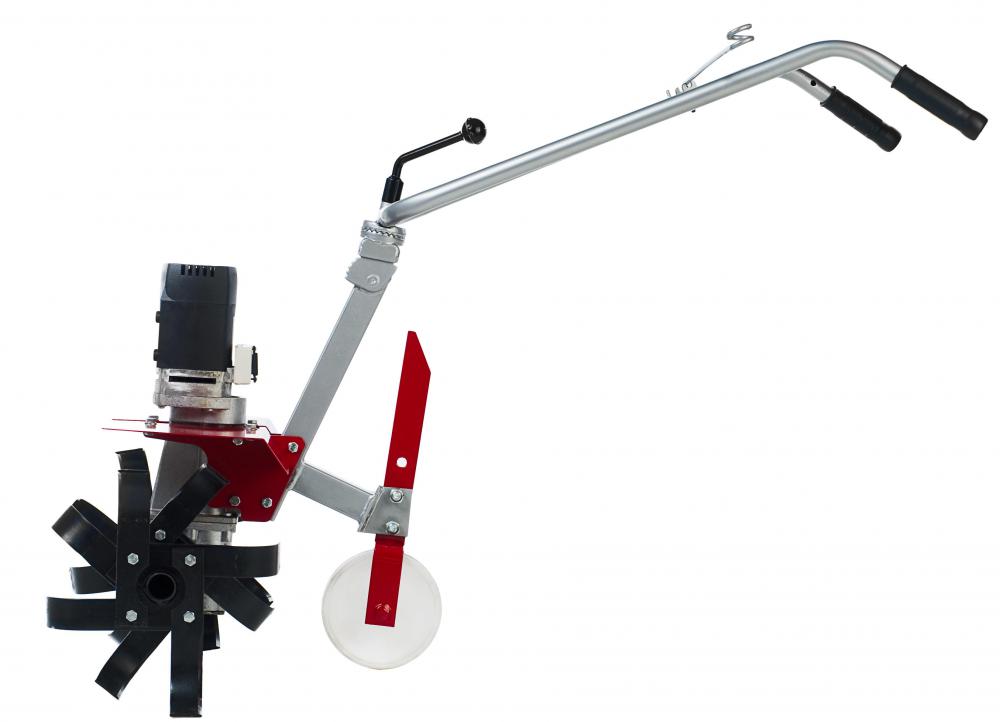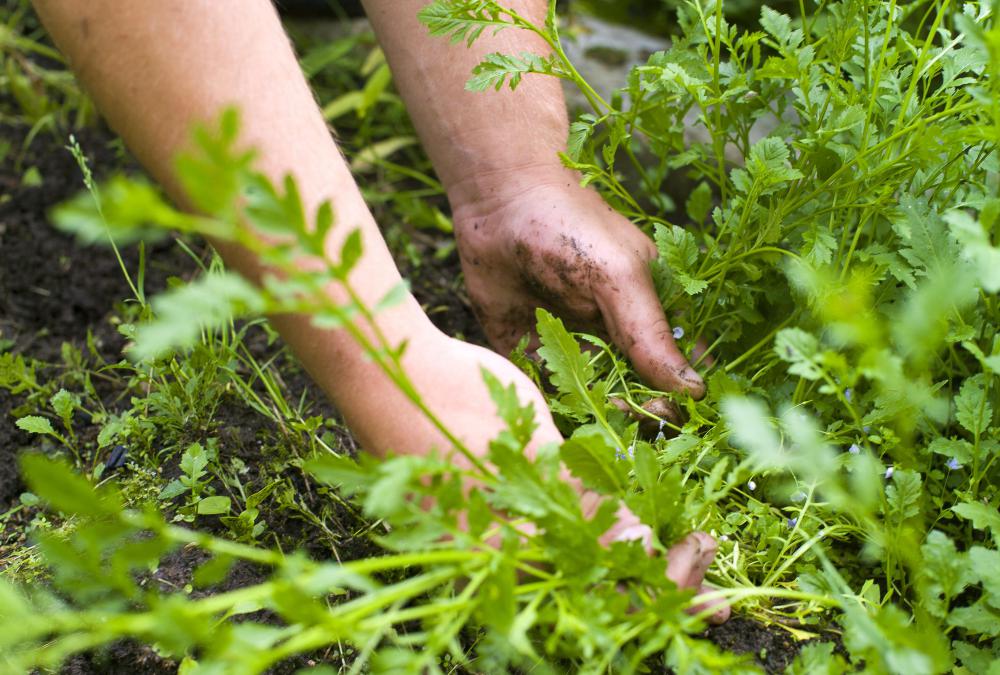At WiseGEEK, we're committed to delivering accurate, trustworthy information. Our expert-authored content is rigorously fact-checked and sourced from credible authorities. Discover how we uphold the highest standards in providing you with reliable knowledge.
What is No-Till Gardening?
No-till gardening is a gardening system in which the soil is not tilled, or turned over. This style of gardening relies on heavy applications of mulch and natural biological processes to make garden soil suitable for supporting plant growth. No-till gardening techniques conserve water and soil and, over time, require less labor for weeding.
“Tilling” refers to a method of turning the top of soil over and mixing it together with the soil underneath. This can be done with a plow, tiller or shovel. In addition to loosening the soil to give plant roots space to spread, tilling mixes organic material into the soil and cuts down weeds.

Though tilling solves some problems, it can create others. The process of tilling disrupts biological activity in the soil. Soil loosened by tilling is vulnerable to washing or blowing away and can develop a hardened layer at the normal tilling depth. While tilling cuts down weeds that are growing, it also brings buried weed seeds to the surface, where they sprout and begin a new cycle of weed problems.

No-till gardening replaces tilling with gardening techniques that more naturally do the same work. The most important part of this style of gardening is covering the ground with a thick layer of mulch. Leaves, hay and grass are all good choices for the mulch layer, but any organic material that will decompose and become part of the soil is suitable. After the first no-till season, the remains of the previous year’s crops become a natural part of the mulch.

The soil in no-till gardens is loosened by plant roots, earthworms and other organisms and protected from sun, heavy rain and wind by mulch. The biological activity in the soil is not disturbed, so that activity expands and becomes more efficient at converting dead plants and mulch into an organic part of the soil. Weed seeds remain buried, which keeps many of them from sprouting, and the mulch smothers any that do start to grow.

Beds for no-till gardening are ideally narrow enough for a gardener to reach the center of the bed from either side. This allows for planting, weeding and harvesting without standing on the soil and compacting it. While plants can be allowed to die in place and naturally become part of the mulch layer, it is still important for no-till gardeners to remove diseased plants to prevent the spread of vegetation-borne diseases.
AS FEATURED ON:
AS FEATURED ON:














Discuss this Article
Post your comments